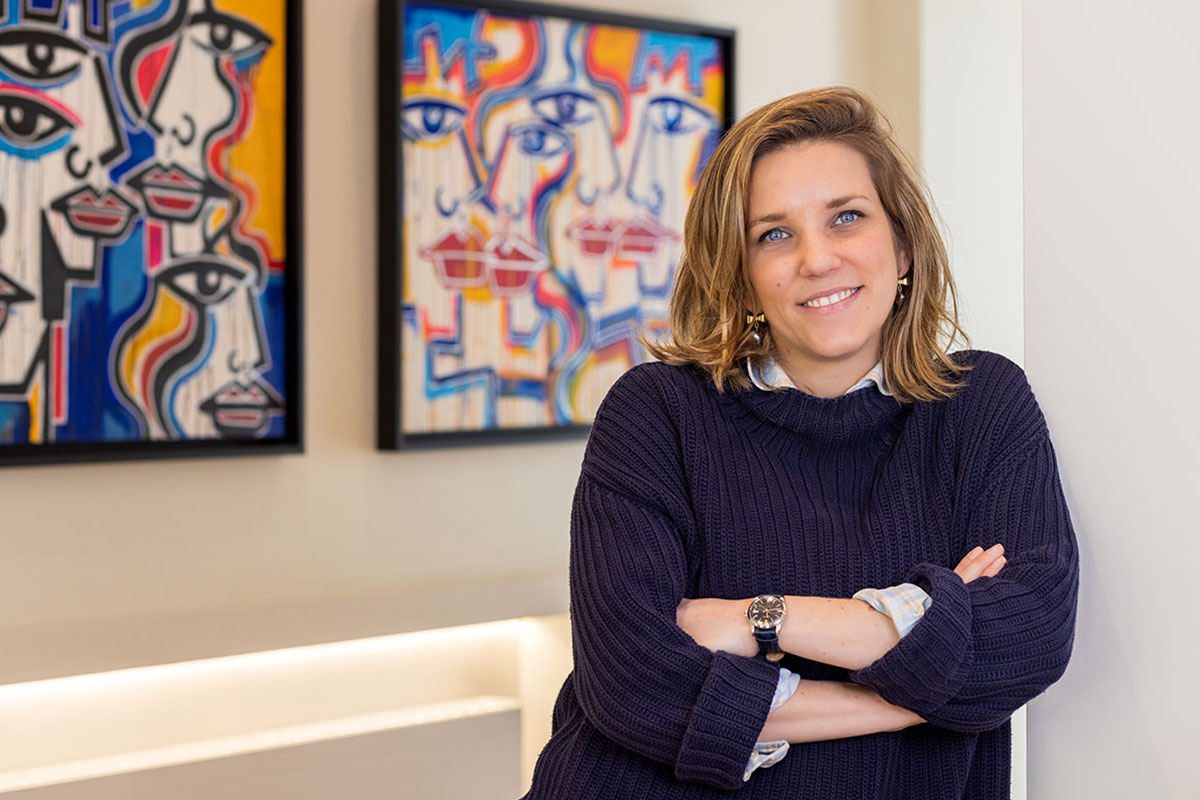 Bernadine Bröcker Wieder is the CEO of Arcual, a blockchain software created by an art focused ecosystem for the art world. Here Wieder speaks to LUX’s Leader and Philanthropist Editor, Samantha Welsh, about buying and selling art on the blockchain and the effect it will have on the next generation of art collectors
Bernadine Bröcker Wieder is the CEO of Arcual, a blockchain software created by an art focused ecosystem for the art world. Here Wieder speaks to LUX’s Leader and Philanthropist Editor, Samantha Welsh, about buying and selling art on the blockchain and the effect it will have on the next generation of art collectors
LUX: How has your experience as an artist and art historian shaped your values?
Bernadine Bröcker Wieder: I am always thinking about the future and often thinking with artists in mind, as I originally trained as a classical artist, before managing an Impressionist and Modern gallery in London. I love exceptions to the rules and creativity. When you are building technology but thinking about how it might be used in the future, the tech has to be capable of being customised, upgraded and scalable. You cannot employ a one size fits all approach to anything in life yet technology is about binaries.
Given my background working with museums with my first venture, Vastari, I learned about ethics. Museums built international standards throughout the world to attempt to uphold a neutrality to preserve our culture and knowledge. This is so difficult to do, and there has been heated debate about what ethical behaviour looks like this century, taking into account our evolving thinking around sustainability and inclusion.
Additionally, I believe in the importance of giving back. I am excited to see how Arcual develops its next features with museums and other non-profit organisations in mind. For example, can we facilitate resale royalties receivable for those non-profit institutions that commission artworks from artists so as to help ongoing funding of those institutions?
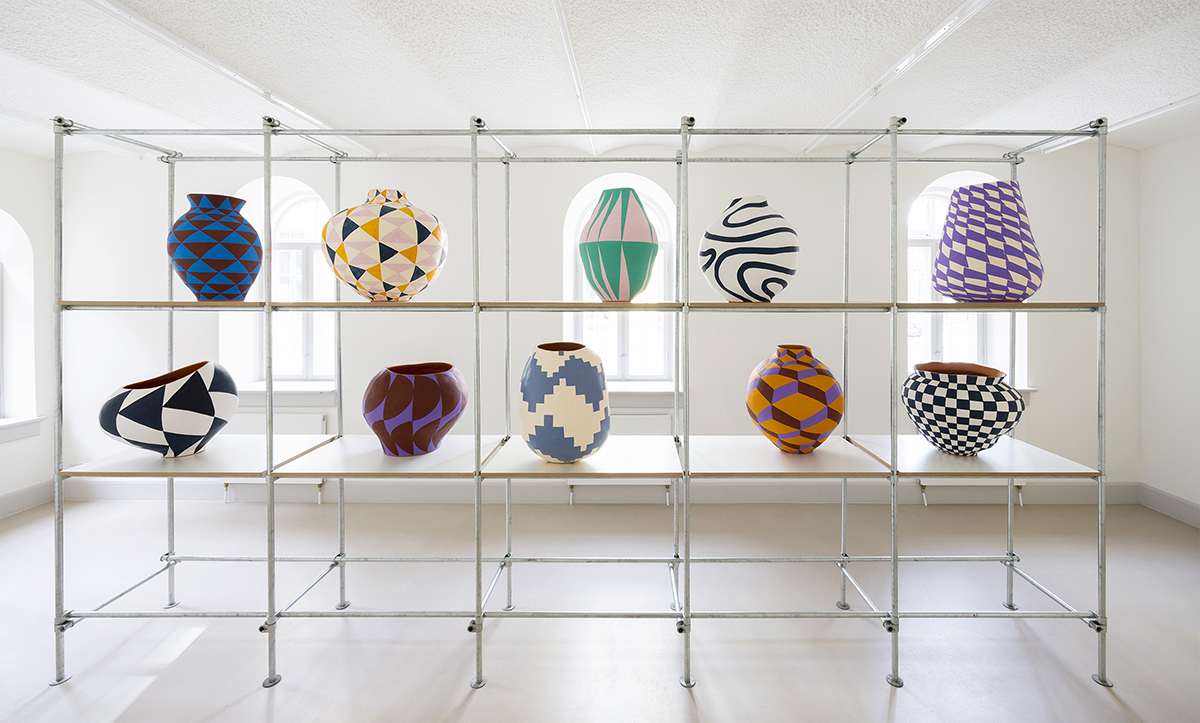
Athene Galiciadis, Empty Sculptures, 2023, courtesy of von Bartha Gallery Copenhagen
LUX: How did your understanding of sales dynamics inspire you to test a new approach to managing exhibitions?
BBW: People often go into the world of art and tech because they identify problems that can be solved. I noticed that museum exhibitions often showed the same works over and over again from the same group of lenders, and excluded privately owned works, so with my first venture, I built a matchmaking service for collectors and museums. Having a museum show can greatly impact the perceived value of a work of art, so opening-up that value creation to a greater pool of lenders seemed sensible.
As Vastari grew, we received feedback from the museums that they also wanted matchmaking services for touring exhibitions so we evolved to include this in our offering. So much of the sales process is about listening to what the customer really needs and how to solve for that.
At Arcual, I know that our offering will continue to change and evolve based on the feedback we receive, and that’s what is beautiful about technology – it is iterative.
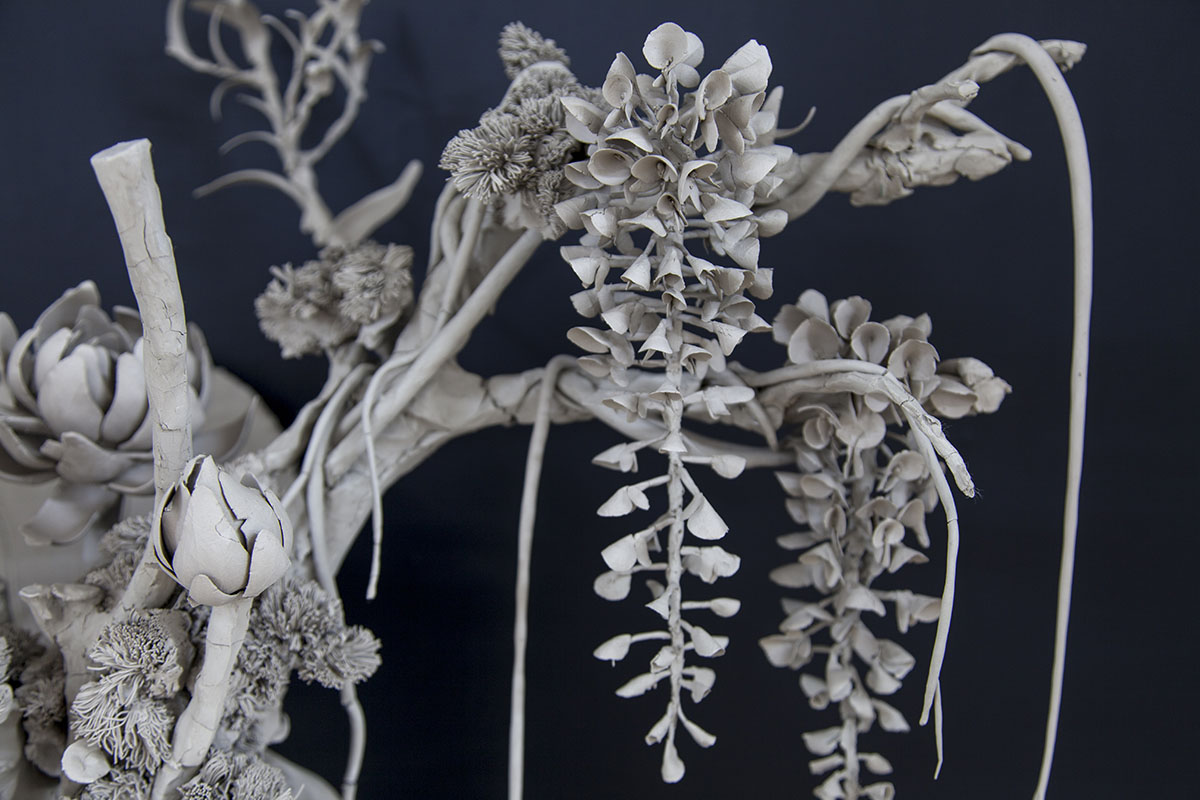
Detail from Nocturne by Phoebe Cummings, 2016
LUX: How did this change definitions of art and art communities?
BBW: At Vastari, I learned the benefits of involving various different stakeholders in the art ecosystem, and the importance of being involved with associations. We became a member of the International Council of Museums, the American Alliance of Museums, and the Association of Academic Museums and Galleries. These associations were instrumental to our technological innovation becoming aligned and involved with, rather than trying to go against, the status quo.
I am personally a member of many communities, from AWITA and PAIAM to The Worshipful Company of Arts Scholars and Sandbox. These communities shape the way I see the world and connect to it, and help me interact with others with different opinions or viewpoints to my own.
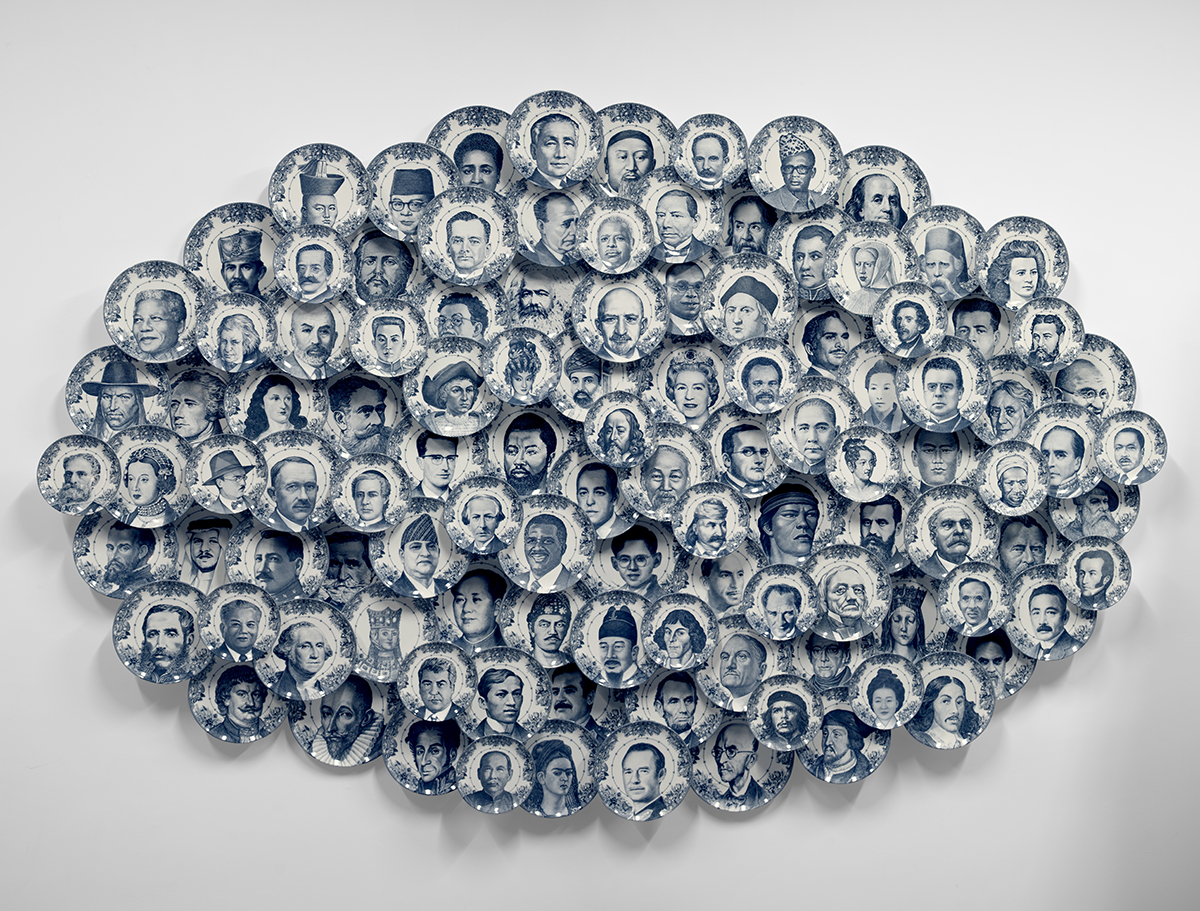
Bon appétit IV, 2022. Courtesy of the artist and Sabrina Amrani
LUX: New technologies are often seen as ‘taking out the middleman’ and an opportunity for direct engagement between artists and collectors. What do you think will be the impact of blockchain on art world infrastructures and relationships?
BBW: Technology can certainly be considered as a disintermediation tool, but you are still using a technology platform to connect. That can be Facebook, Youtube, TikTok, Docusign or OpenSea. We are trusting new technology-based middlemen to transact even if these platforms are perceived to be neutral.
So it’s about looking deeper at the new middleman, and whether you trust them. With blockchain you can at least make sure that your data is not held hostage by one organisation. At Arcual, we are founded by a collaboration between the LUMA Foundation, MCH Group (the parent company of Art Basel) and BCG X.
So, going back to the idea of taking-out the middleman in the art world, many think the future is about artists selling directly to collectors. I believe that there is a reason why the gallery or dealer historically played an important role in that relationship. So our system is about collaboration, as opposed to competing and ‘cutting-out’; more about reinforcing why that relationship exists in the first place. For example, Arcual generates digital certificates of authenticity for artworks with dual signatories, signed by both the artist and the gallery for added trust, before an artwork’s provenance is logged into the blockchain.
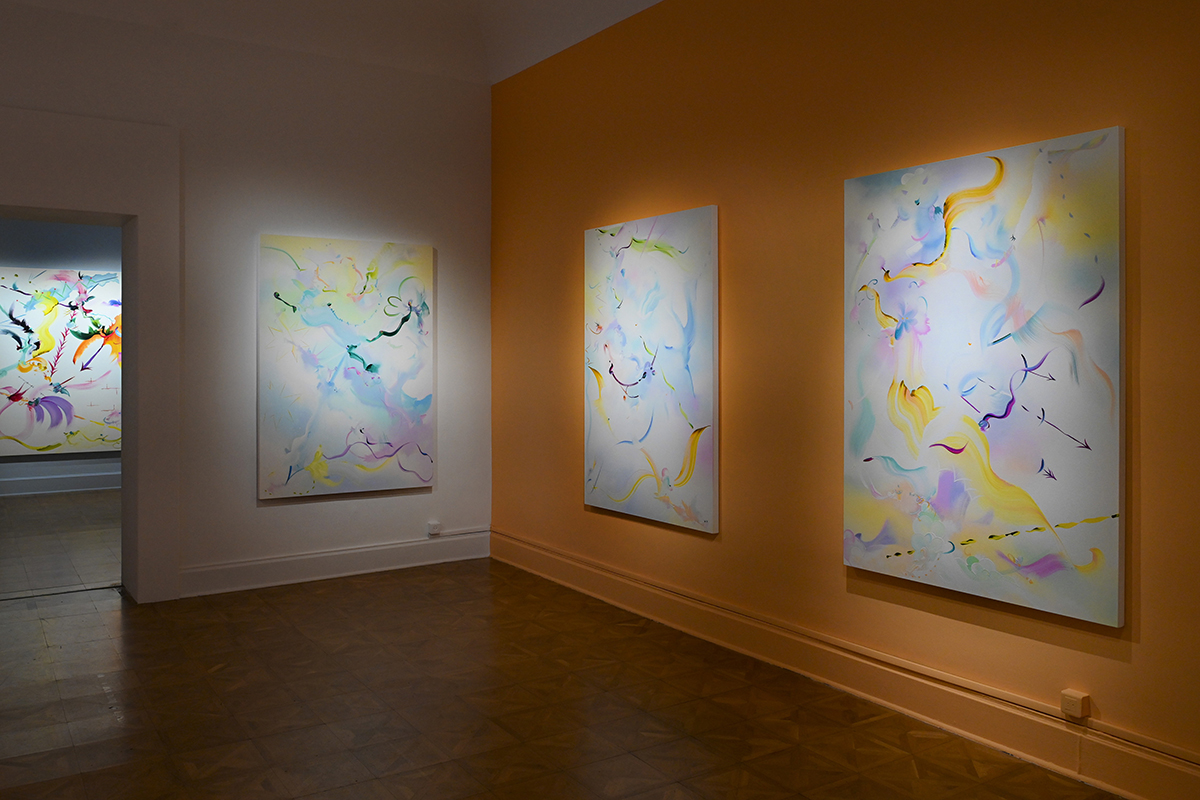
Fiona Rae, Faerie gives delight and hurts not, 2017. Image courtesy of the artist and Galerie Nathalie Obadia Paris Brussels
In the coming months, we will also launch an expanded digital Certificate of Authenticity feature, which can contain attachments, be personalised and much more. The expanded CoA enables artists and galleries to build out and affirm the authenticity of an artwork, acting as a kind of digital dossier, which strengthens the connection and makes it more valuable for a collector.
As a technology provider, Arcual aims to bring value with the features we build and also uphold the existing value that different parties bring to the ecosystem.
LUX: What does the Arcual team look like and how do you all bring your strengths?
BBW: Arcual has developed a unified team with such a strong sense of purpose since I joined as CEO, just over a year ago. With 34 talents across 17 different nationalities and growing, based in Zurich, London and Berlin, we work collaboratively towards one mission, that of empowering the art ecosystem to embrace innovation, for a more equal future.
LUX: How is blockchain disrupting how the art market functions?
BBW: Blockchain engenders trust through its checks and balances, ensuring that information is encrypted, secured, and timestamped. The fact that it processes automatically according to the terms of an agreement can ensure that all parties in a transaction are protected.
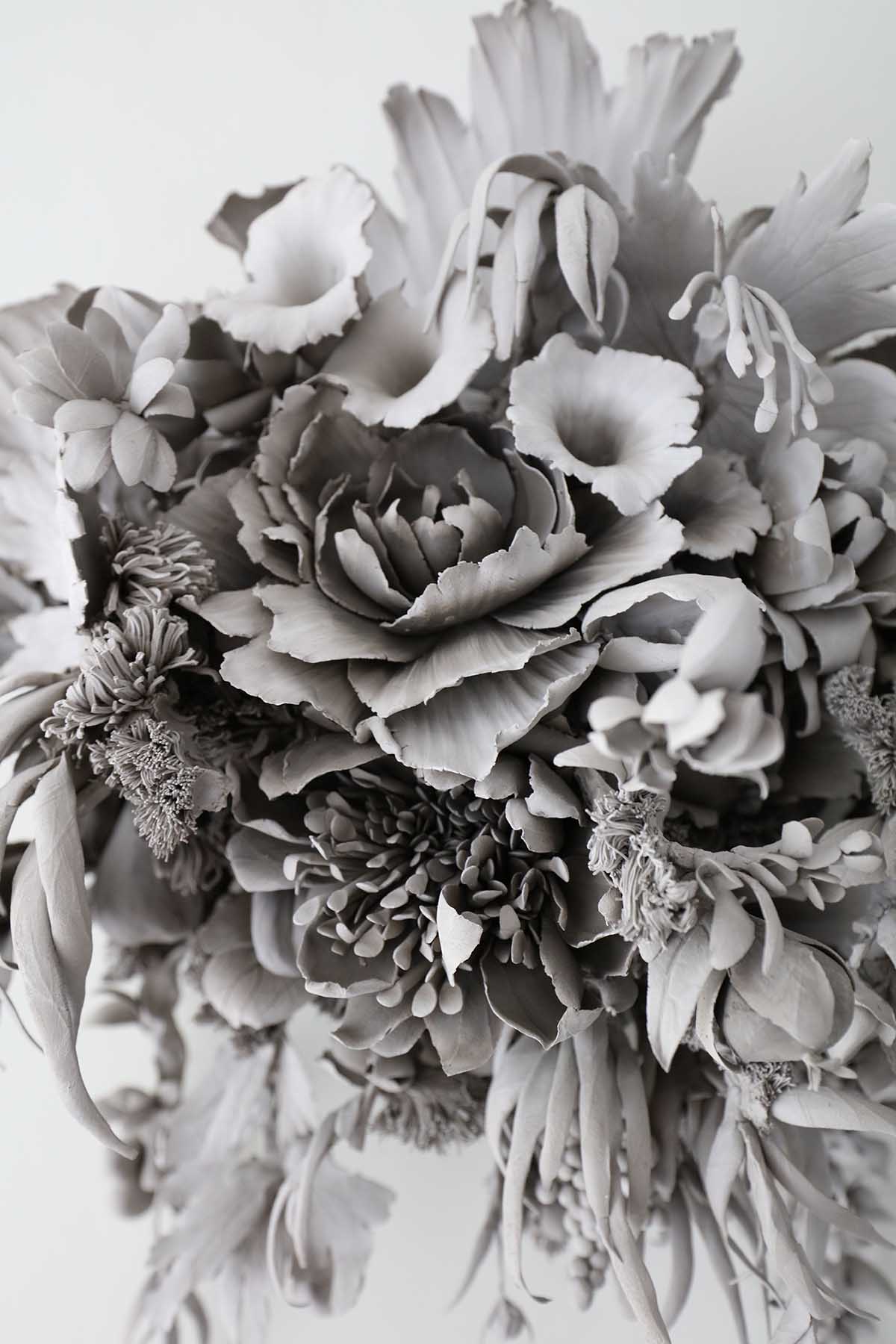
Phoebe Cummings (clay) detail (2)
Arcual’s blockchain aims to work with and for, as opposed to against, existing art world structures. Later this year our whitepaper outlines our approach to privacy and governance, that we maintain rights of privacy but the transparency of the transaction can offer parties confidence.
Our backers stand for quality, and for championing sustainable growth in the future of the art market. We are one company, but our shareholders form a decentralised governance, and there will be a gradual process of decentralisation of the technology and governance in line with blockchain principles.
LUX: Why is this significant for next gen emerging artists?
BBW: Arcual has been purpose-built to offer artists greater participation in their own careers. Our agreements, certificates and smart contract terms are approved by artists. This is significant because it gives artists an opportunity to codify their preferences for the future conservation, care and installation of their work. For gallerists, the 2023 Art Market Report (AMR) showed that finding and engaging new artists is a key priority, particularly for primary market art dealers. In 2022, sales from the single highest-selling artist accounted for an average of 31% of sales for galleries, while their top three artists accounted for just over half of sales.
Galleries that use Arcual’s blockchain technology are committed to empowering artists from the very beginning of their careers. This is an important message and attractive offer for engaging the next generation of artists.
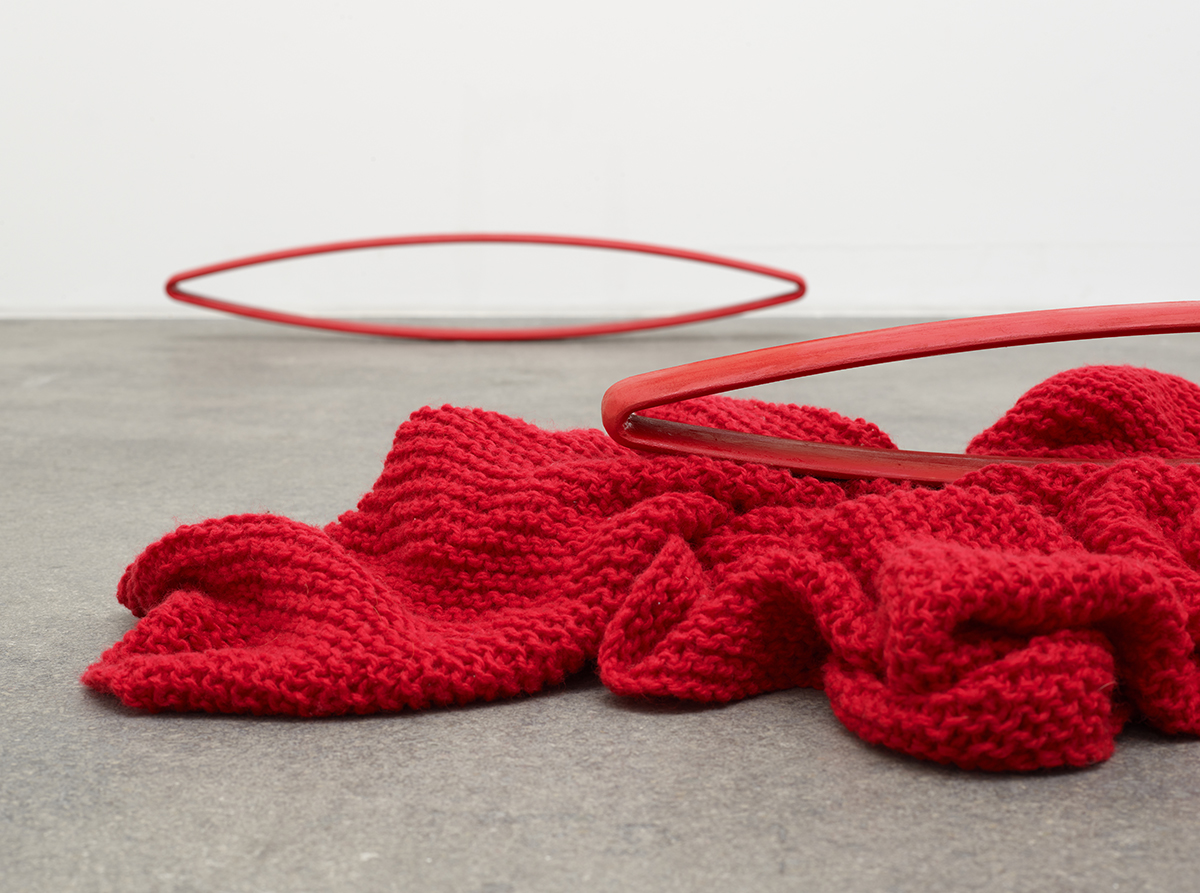
Lea Porsager, Mandorla breaks Open, 2023
LUX: How will these changes affect collectors?
BBW: As Arcual helps engage new artists, it also engages new collectors. The AMR also flagged that ‘blockchain is helping to lower barriers to entry into the market, enabling new collectors to enter [which is] essential to its long-term health”. With the failure of some internet-based businesses, the uncertainty of social media pages’ longevity, potential internet disruption, and with the inherent risks associated with only having paper certificates, it is the availability and security of information stored on the blockchain which is attracting younger generations and new collectors.
LUX: Please sketch how ledger principles apply to art transacting and smart contracts?
BBW: Ledgers basically help everyone to understand what has been agreed and that these terms have not been changed until that is added to the ledger. Arcual’s smart contract terms and ownership agreements offer a chain of ownership and digital certificate of authenticity that is protected on the blockchain and can be harnessed for future secondary market sales and acquisitions.
LUX: What is next for Arcual and how can the community get involved?
BBW: In June, Arcual will be an official partner for Zurich Art Weekend, hosting a panel discussion with some exciting speakers around how technology is impacting power dynamics in the art world.
During Art Basel in Basel, I’m thrilled that Arcual will have a booth in the Collectors Lounge for which we have commissioned a unique sculptural artwork by British artist Phoebe Cummings to spark conversations around our new Digital Dossier feature. We will also take part in events and talks around the fair, including the Conversations series panel around blockchain, ownership and copyright.
Find out more: www.arcual.art








